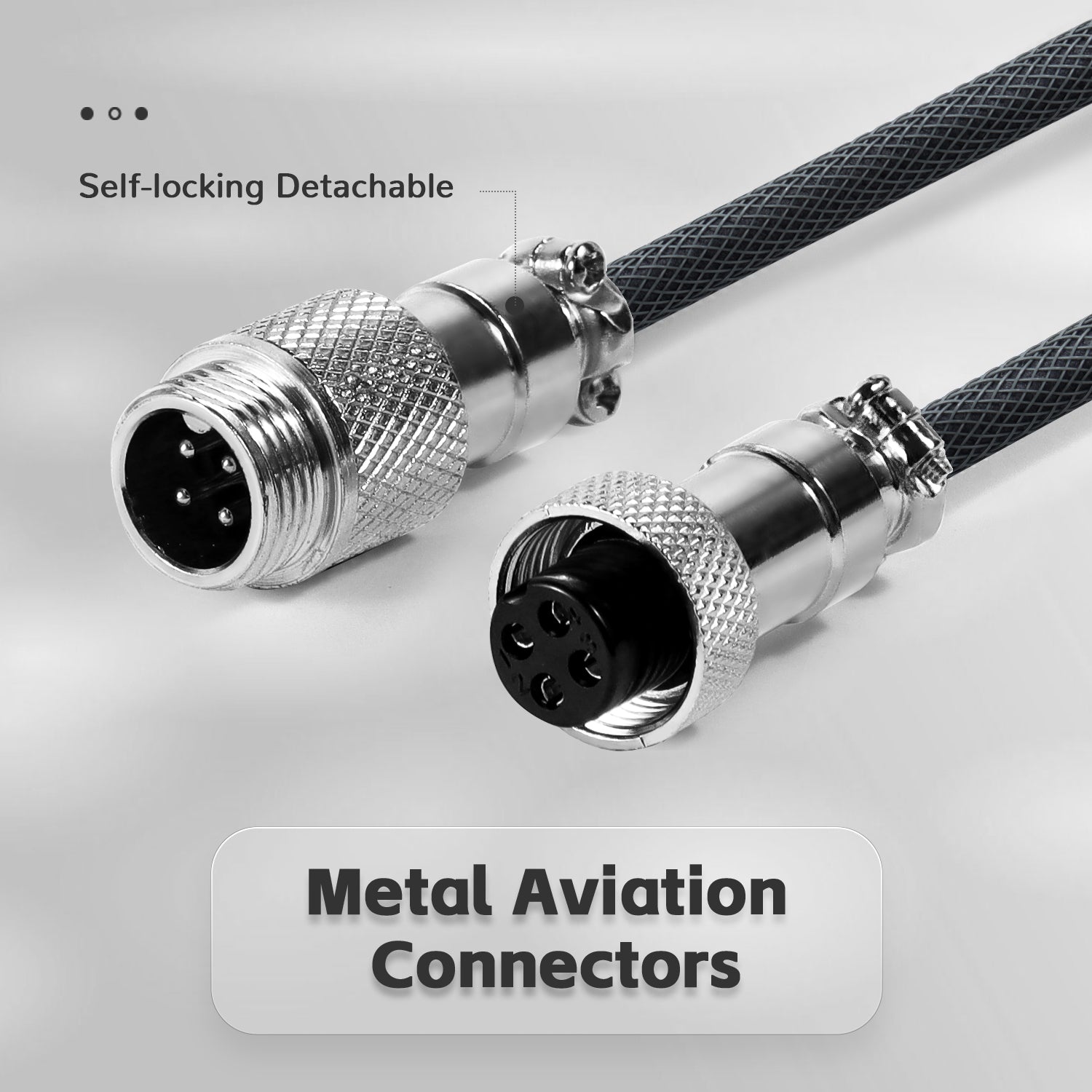Mechanical keyboards have gained immense popularity among gamers, typists, and tech enthusiasts alike. Understanding the mechanical keyboard parts can significantly enhance your typing experience and help you make informed choices when purchasing or customizing your keyboard.

Key Switches: The Heart of Mechanical Keyboards
At the core of every mechanical keyboard are the key switches. These components determine the feel and sound of each keystroke. There are three primary types of switches:
- Linear switches: Smooth and quiet, ideal for fast typing.
- Tactile switches: Provide a noticeable bump when pressed, offering feedback without a loud click.
- Clicky switches: Feature an audible click sound, making them popular among those who enjoy auditory feedback.
Which type of switch is best for you? It often depends on personal preference and usage scenarios. If you type a lot, tactile or clicky switches might be more satisfying, while gamers may prefer linear switches for rapid key presses.
Keycaps: The Interface Between You and the Keyboard
The keycaps are the visible part of the keyboard that you interact with. They come in various shapes, sizes, and materials, affecting both aesthetics and functionality. Common materials include:
- ABS (Acrylonitrile Butadiene Styrene): Lightweight and affordable, but can wear down over time.
- PBT (Polybutylene Terephthalate): More durable and resistant to wear, making it a preferred choice for many enthusiasts.
When selecting keycaps, consider factors such as profile, color, and legends. A well-chosen set of keycaps can not only enhance your typing experience but also personalize your keyboard.
PCB and Backlighting: The Technical Backbone
The PCB (Printed Circuit Board) is the foundation of a mechanical keyboard, connecting all the switches and components. It plays a crucial role in the keyboard's functionality. Additionally, many modern keyboards feature customizable backlighting options, which can enhance both aesthetics and usability in low-light conditions.
Would you like to customize your keyboard further? Many enthusiasts opt for hot-swappable PCBs, allowing for easy switch replacement without soldering.
Stabilizers: Ensuring Smooth Operation
Stabilizers are essential mechanical keyboard parts that prevent larger keys, such as the spacebar and enter key, from wobbling during use. They come in different types, including:
- Clip-in stabilizers: Easy to install and remove, making them popular for beginners.
- Screw-in stabilizers: Provide a more secure fit, often preferred by advanced users.
Properly lubed stabilizers can significantly improve the overall typing experience, reducing noise and enhancing smoothness.
Conclusion: Building Your Perfect Mechanical Keyboard
Understanding the various mechanical keyboard parts is essential for anyone looking to enhance their typing experience. Whether you are a gamer, a programmer, or simply someone who enjoys typing, knowing how each component works can help you make informed decisions. For those interested in customizing their keyboards, consider exploring various accessories available at .
By selecting the right switches, keycaps, and stabilizers, you can create a keyboard that not only looks great but also feels fantastic to use. Happy typing!








